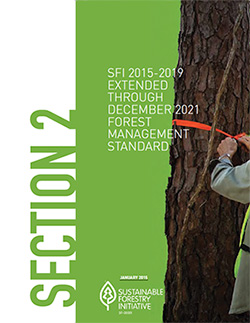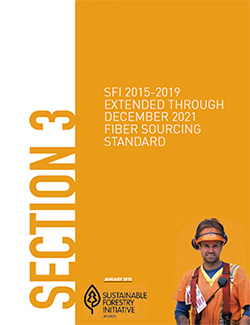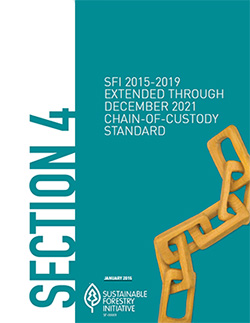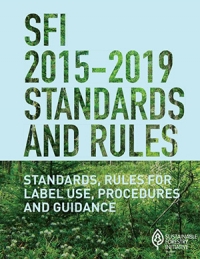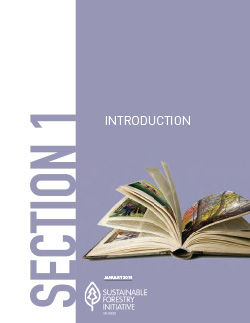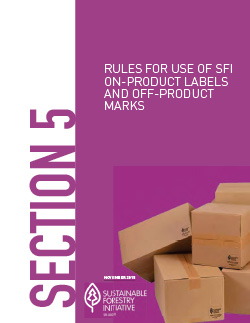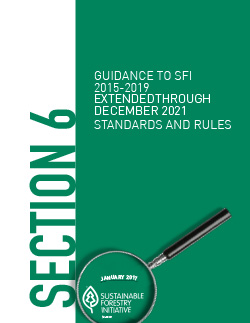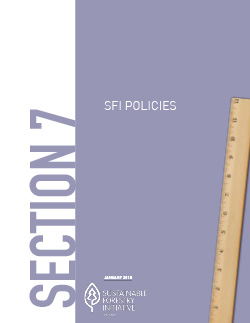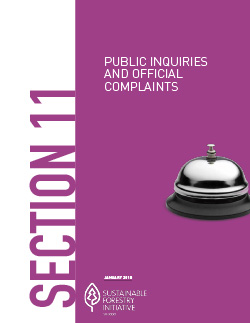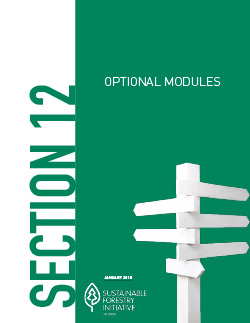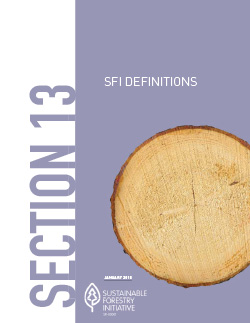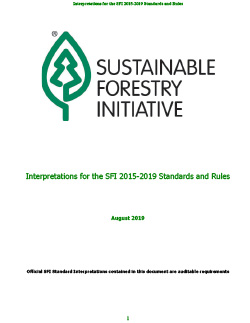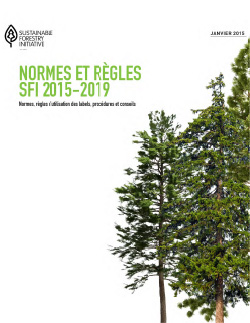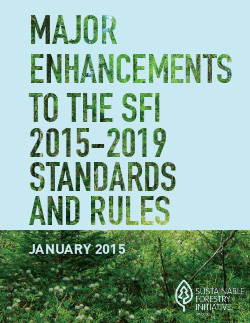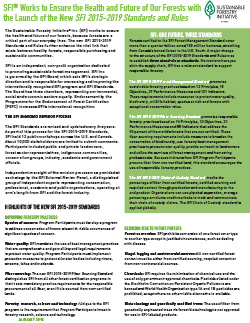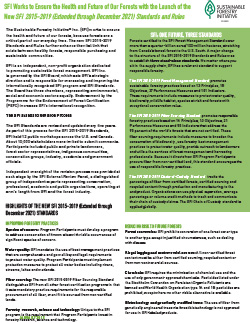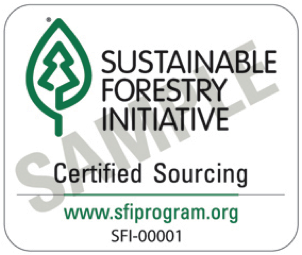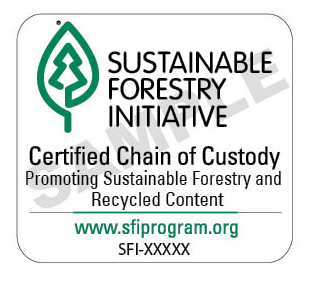SFI 2015-2021 STANDARDS AND RULES
SFI announced the SFI 2022 Standards and Rules on Earth Day 2021. Read the press release announcing the new standards.
The process for transition from the SFI 2015-2021 Standards to the SFI 2022 Standards is detailed in SFI Section 7, ‘Standards Transition to the SFI 2022 Standards and Rules’. During the transition process, qualifying certificates issued to SFI 2015-2021 Standards are valid until December 31, 2023. After this date, no SFI 2015-2021 certificate is valid. To confirm the validity of a SFI 2015-2021 certificate please refer to the SFI Database.
The SFI 2015-2019 (Extended through December 2021) Forest Management Standard promotes sustainable forestry practices based on 13 Principles, 15 Objectives, 37 Performance Measures and 101 Indicators. These requirements include measures to protect water quality, biodiversity, wildlife habitat, species at risk and forests with exceptional conservation value.
Section 2, SFI 2015-2019 (Extended through December 2021) Standards and Rules
The SFI 2015-2019 (Extended through December 2021) Fiber Sourcing Standard promotes responsible forestry practices through 14 Principles, 13 Objectives, 21 Performance Measures and 55 Indicators that address 90 percent of the world’s forests that are not certified. These fiber-sourcing requirements include measures to broaden the practice of biodiversity, use best management practices to protect water quality, and use the services of forest management and harvesting professionals. Because it governs how SFI Program Participants procure fiber from non-certified land, the standard is encouraging the spread of responsible forest practices. The SFI 2015-2019 (Extended through December 2021) Fiber Sourcing Standard distinguishes SFI from all other forest certification programs in that it requires the responsible procurement of fiber from non-certified forestlands.
Section 3, SFI 2015-2019 (Extended through December 2021) Standards and Rules
The SFI 2015-2019 (Extended through December 2021) Chain-of-Custody Standard is an accounting system that tracks forest fiber content (certified forest content, certified sourcing and recycled content) through production and manufacturing to the end product. Companies can use chain-of-custody certification to track and communicate forest fiber content using one of three approaches for chain of custody: physical separation, average percentage or volume credit method. The standard is for any organization globally that sources, processes, manufactures, handles, trades, converts or prints forest-based products.
Section 4, SFI 2015-2019 (Extended through December 2021) Standards and Rules
The SFI 2015-2019 Standards and Rules require third-party independent certification audits by competent and accredited certification bodies for all three certifications – forest management, fiber sourcing and chain-of-custody. All certification bodies must be accredited by a member of the International Accreditation Forum.
SFI revises and updates the SFI Standards every five years to incorporate the latest scientific information and to respond to emerging issues. For the first time ever, SFI’s current SFI standard revision process is outside the 5-year renewal timeline. SFI has now aligned the standard revision process with the new revision process adopted by the Programme for the Endorsement of Forest certification (PEFC). As such, the new timeline enables SFI to incorporate enhancements from PEFC’s benchmark standards into SFI requirements, as well as other initiatives under development.
SFI will launch the revised SFI Standards in January 2022. Certified organizations have one year (December 2022) to transition to the revised standards. Draft SFI standards will be publicly available throughout the revision process.
The current SFI 2015-2019 Standards and Rules are extended through December 2021.
AN OVERVIEW OF THE REQUIREMENTS FOR THE SFI 2015-2019 (EXTENDED THROUGH DECEMBER 2021) PROGRAM
FREQUENTLY ASKED QUESTIONS
Development of the SFI 2015-2019 Standards and Rules
Stakeholder Engagement and SFI Implementation Committees
A Low Risk Procurement Strategy Includes SFI
SFI 2015-2019 Fiber Sourcing Standard Enhancements
SFI 2015-2019 Forest Management Standard Enhancements
SFI 2015-2019 Chain of Custody Standard Enhancements
Non-Timber Forest Products
MAJOR ENHANCEMENTS TO THE SFI 2015-2019 (Extended through December 2021) STANDARDS AND RULES
SFI 2015-2019 STANDARD AND RULES AT A GLANCE
SFI 2015-2019 (Extended through December 2021) STANDARDS AND RULES — FULL PACKAGE
SFI SMALL LANDS GROUP CERTIFICATION MODULE
SFI SMALL-SCALE FOREST MANAGEMENT MODULE FOR INDIGENOUS PEOPLES, AND FAMILIES
INTERPRETATIONS FOR THE SFI 2015-2019 (Extended through December 2021) STANDARDS AND RULES
Gregor Macintosh
Senior Director
Tel: 778-351-3358
Rachel Dierolf
Senior Manager, Chain of Custody and Label Use
Tel: 613-274-0124
